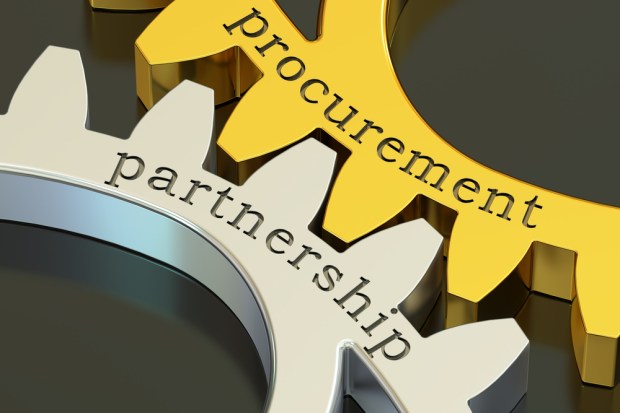The Risks Of Modern-Day Strategic Sourcing

Procurement is no longer a simple cost center for a business. Today, technology has enabled corporations to streamline processes and turn procurement into a strategic initiative to save money and build meaningful partnerships with suppliers.
It’s also more complex than ever, said Stan Garber, president at strategic sourcing technology company Scout RFP, who recently told PYMNTS that, typically, many of the moving parts of procurement — often beginning with strategic sourcing — were done independently from one another. That independence means a lack of visibility into the end-to-end process of procurement, from strategic sourcing, contract negotiation, request management and payment, through to ongoing supplier management.
“A lot of information was managed in very siloed pieces, and it was more of a ‘black box’ — folks didn’t know what the sourcing [department] was working on, didn’t know what the status of a current project was at any given time,” Garber said.
Improving visibility — and playing a hand — in all steps of the source-to-pay process was a top motivation behind the launch of Scout’s two latest solutions: Scout Pipeline and Scout Intake. Pipeline enables companies to access a single interface through which professionals can collaborate and communicate with each other on various procurement projects, while Intake offers a way to manage procurement requests.
Garber said that many of the ways businesses handle these current situations today are via traditional spreadsheets or inefficient shared emails. “It’s hard to manage transparency and flow,” he noted.
Enabling better management of aspects of procurement, like intake, means businesses don’t have to miss out on deals with suppliers, which, according to Garber, is becoming a critical piece of the procurement puzzle as supplier management becomes a way to mitigate risk and take advantage of early payment discounts.
“With how sourcing has evolved, there is just so much scrutiny in general in picking your suppliers and picking who you’re going to be working with,” he said. Today, supplier management and risk mitigation are about more than coming up with a game plan in case contracts aren’t fulfilled.
Today, Garber explained, price is no longer the only factor in deciding with whom to do business. Companies need to introduce security questionnaires and rankings to assess how a supplier may handle a data breach, for instance, which would then expose a corporate buyer to a breach, too. Strategic sourcing now means ensuring suppliers have the appropriate security protocols and certifications in place to give buyers “peace of mind,” he added, in the event of something like a data breach.
“You have to weigh all of that much more than you did 10 years ago,” he said.
With companies now looking at security standards, ensuring suppliers are secure isn’t the only way to stay safe: Migrating to electronic payments is also critical. Analysts agree that paper checks remain a top security threat to corporations. According to the Association of Financial Professionals, 71 percent of companies surveyed said they have experienced actual or attempted check fraud. But it seems businesses may be mitigating risk in this area of procurement as well: According to Garber, companies are “running away from checks as fast as possible.”
ACH payments have become a dominant force in supplier payments among Scout clients, he said, while electronic payments also enable businesses to take advantage of early supplier payment discounts. With the continuing rise of the subscription economy, too, businesses are increasingly paying suppliers via corporate card, Garber added.
From electronic payments to supplier management and risk mitigation, it’s clear that the procurement function is far from a basic cost center within the enterprise like it once was. And while new issues arise — like demand for timely supplier payments and cyberthreats — technology can enable businesses to mitigate these issues, whether through automated and transparent source-to-pay processes, efficient supplier management or an adoption of electronic payments.
